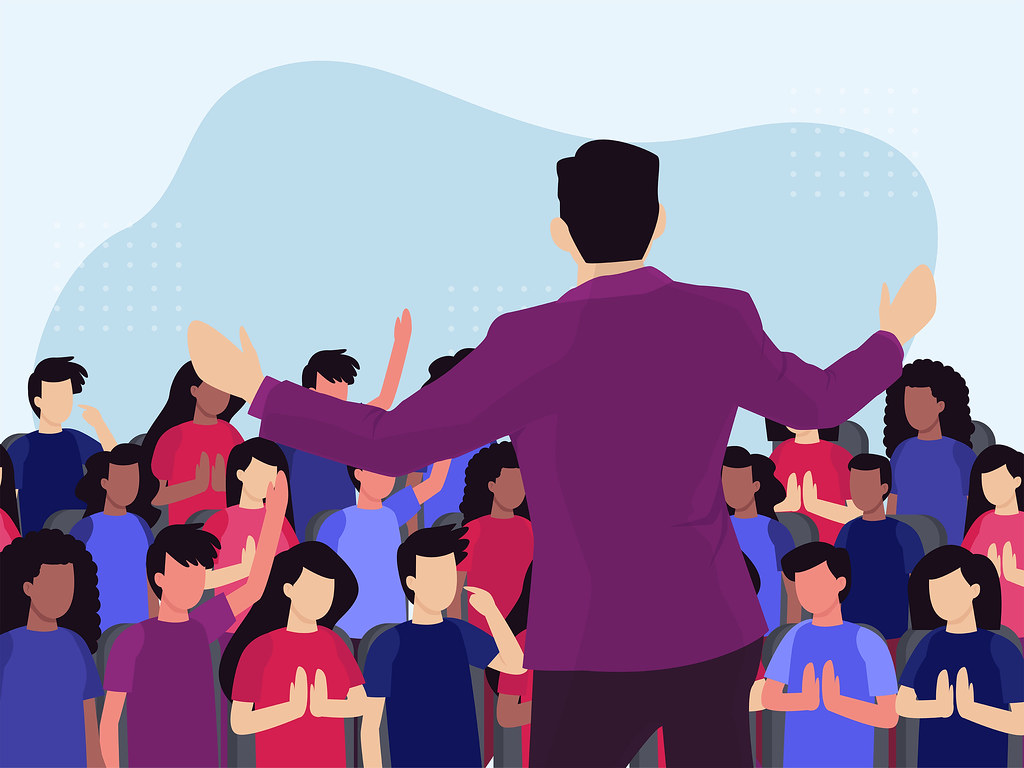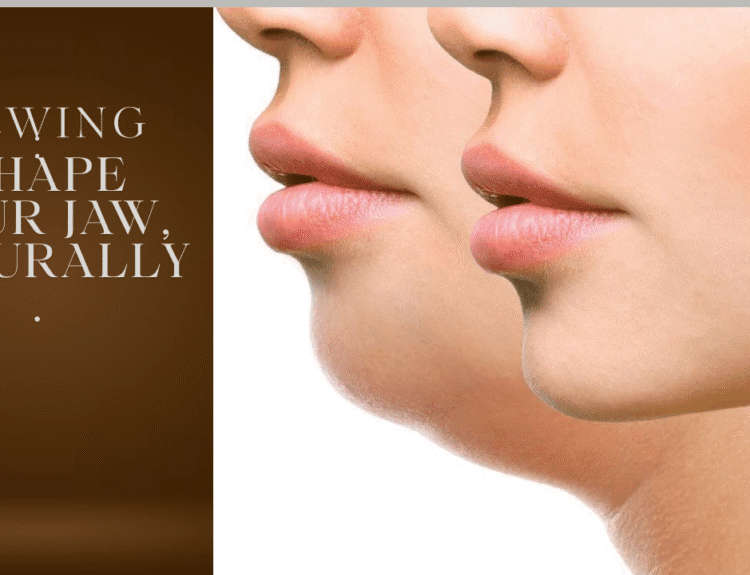Communication skills refer to the ability to express and receive messages effectively. These include verbal, paraverbal, and non-verbal techniques, as well as listening and emotional intelligence, all of which aid in building healthy relationships and avoiding misinterpretations.
Good Communication as a Student
Active Listening: Listen to teachers and classmates without interruption.
Articulation: Speak in an organized manner; use SPEAK as a guide.
Vocabulary Expansion: Make a habit of reading and listing new or unusual words.
Good Communication as a Job Seeker/Worker
Structured Thinking: Prior to speaking, arrange your ideas (practice with voice notes).
Body Language: Keep your posture open, make eye contact, and make deliberate movements.
Pacing and Pauses: Don’t rush; highlight important points with pauses.
Communication Skills Examples
The Blind Man Misunderstanding (Quora Answer)
Dr. M****, a Ph.D. consultant, was traveling when his seatmate reported that a stranger had touched her face and called her attractive. In an attempt to suggest that the man must have been blind in order to require tactile confirmation of her beauty, Dr. M questioned, “Was he blind?” The woman, on the other hand, took it as an insult, implying that she was ugly unless someone was blind. This demonstrates how, even with the best of intentions, wording and tone can cause misunderstandings.
Examples That Explain What Are Communication Skills in Action
Mirroring: To establish rapport, mimic the other person’s tone and body language.
Storytelling: To keep listeners interested, employ the Conflict-Action-Result (CAR) method.
Empathy: Address feelings (e.g., “I failed my exam” → “That sounds tough”). “How are you managing it?”
The Conflict-Action-Result (CAR) Method
The Conflict-Action-Result method is a straightforward but powerful way to tell a personal story and can serve as a succinct summary of achievements, particularly in resumes or job interviews. Its main points are:
Conflict: The issue or conflict that you encountered.
Action: The course of action to address it.
Result: The end product of your labor, ideally quantifiable.
For instance, role confusion caused me to miss deadlines (Conflict), so I had to make a shared task log (Action), which increased delivery by 40% (Result).
Resume for Communication Skills
How to Draw Attention to Them:
Verbal Skills: “Used structured frameworks to articulate complex ideas in team meetings.”
Active listening and customized solutions resulted in a 30% increase in client satisfaction.
Nonverbal: “Used gestures and open body language to improve presentations.”
How Can I Get Better at Communicating to Prevent Misunderstandings?
Clarify Intent: Just like Dr. M****, make sure your words express what you mean (e.g., “I meant to say…”).
To improve your pacing and pauses, record yourself as you practice voice modulation.
Get Input: Find out what other people thought of your message.
FAQ
How can I stop saying “um” and “uh”?
A: Use pauses in place of fillers. Practice using punctuation when reading aloud.
Is it true that body language can enhance communication?
A: Yes, posture, eye contact, and gestures account for 55% of your message.
What is the quickest method for increasing vocabulary?
A: Spend 10 to 15 minutes a day reading digitally, underlining and researching new words.
What are some ways that storytelling can be useful in work environments?
A: Narratives (like the CAR framework) help audiences relate to and remember data.








